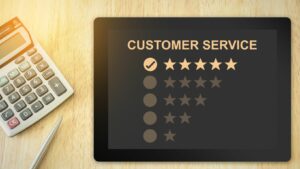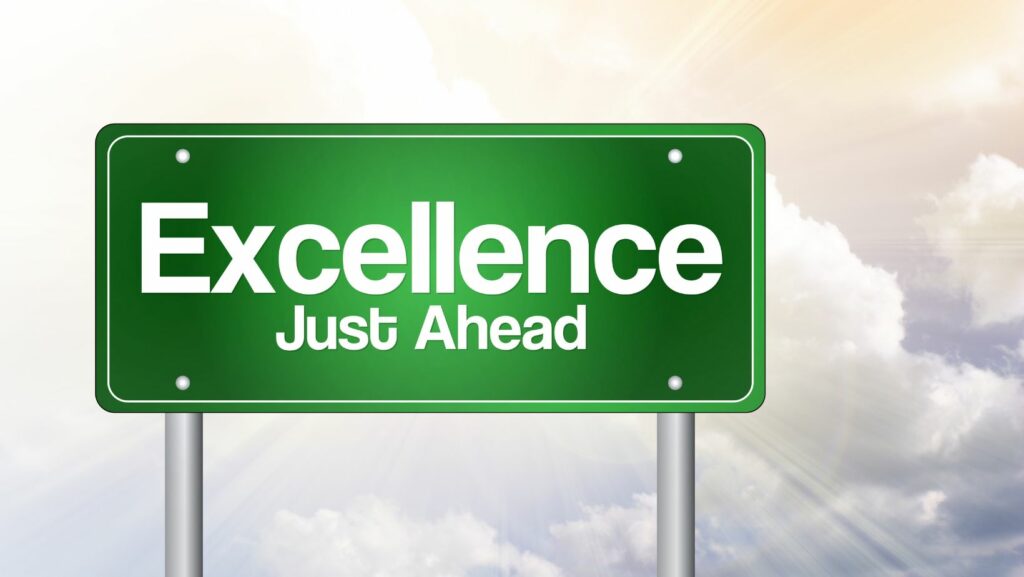In the era of digital revolution, traditional business cards are rapidly being replaced by their digital counterparts. Sleek, eco-friendly, and always at your fingertips, digital business cards are reshaping the way professionals connect.
Digital Business Card

A digital business card, as the name suggests, is a modern, electronic version of a traditional, physical business card. It encapsulates a person’s or a company’s professional information like name, contact details, website link, and social media handles. Unlike its paper counterpart, this innovation allows for instant sharing via email, text, or online platforms. Employed by savvy professionals, it facilitates an efficient networking approach in the digitally-driven landscape of today.
Moreover, digital business cards carry distinct functionalities that set them apart. With dynamic and interactive features, these can easily accommodate real-time modifications, ensuring information accuracy and relevance. By utilizing the digital format, these cards contribute to an environmentally-conscious mindset. In essence, as an effective tool for personal branding, a digital business card captures the essence of the user in a sleek, stylish, and sustainable package.
Further elaborating upon its significance, activities such as adding links, embedding videos, incorporating compelling visuals, and even integrating interactive maps become possible with digital business cards—enabling a comprehensive, multi-faceted digital presentation of oneself or one’s business. It’s an advancement powered by digitization, taking professional networking a step ahead in our digitally interconnected world.
Benefits of Using a Digital Business Card

In a digital age, embracing digital business cards presents numerous benefits. A significant advantage is the ease of contact sharing; these electronic cards save time and facilitate instant data transfer. They’re not only fast but also efficient; it’s no longer about handing over a paper card.
Another benefit lies in the environmental aspect. Choosing digital over traditional cards helps cut down paper wastage, emphasizing a company’s commitment to environment-friendly practices.
Moreover, digital business cards provide a platform for integrating multimedia elements. Professionals can include links to work portfolios, social media profiles, display videos, or even QR code. It offers an enriched visual experience to potential clients and associates.
A standout feature, real-time updates are possible with digital business cards. Adjustments to job titles, contact details, or addresses reflect immediately, ensuring the information remains current.
How to Create Your Own Digital Business Card
Creating your own digital business card includes several steps: choosing a platform, designing the layout, inputting contact info, incorporating interactive elements, and sharing it. First, choose a credible platform like Haystack, HiHello, or Switchit. They provide a range of design templates to kickstart your creative process.
Next, design the business card’s layout. Ensure it’s visually appealing while reflecting your brand’s style. Use the platform’s editor to adjust colors, fonts, and images. When satisfied with the design, input your relevant contact info. This typically includes your name, role, email, phone number, and website.
Then, leverage the potential of digital cards by incorporating interactive elements. Examples include hyperlinks to social media profiles, a video introduction, or a QR code. These create an engaging, comprehensive snapshot of you or your business.
Best Practices for Sharing Digital Business Cards

Sharing digital business cards requires strategic planning. A cardinal principle is maintaining professionalism, regardless of the communication method used. For example, a simple email attachment or text message suffices when sharing digital business cards. A more sophisticated approach involves integrating business cards with a LinkedIn profile, opening direct communication channels for potential clients.
In physical networking events, employing QR codes facilitates easy card transfers. The QR code, embedded on a traditional business card or displayed on a smartphone, encapsulates all the digital business card details when scanned. So, it’s key to ensure these codes direct users to accurate, updated digital business cards.
Remember to share your digital business cards on the right platforms. Look for professional platforms, such as LinkedIn and dedicated business networking sites, making sure your digital business card links are prominently displayed.
Finally, always check privacy settings before sharing digital business cards, ensuring that personal information is accessible to all intended recipients, fostering secure yet efficient networking efforts.

